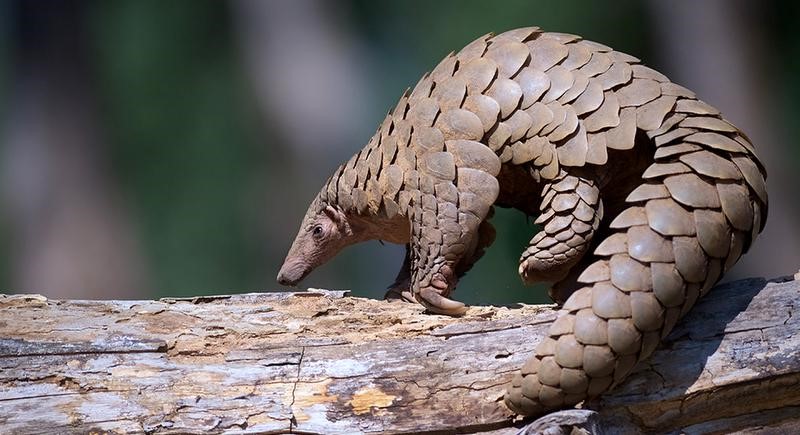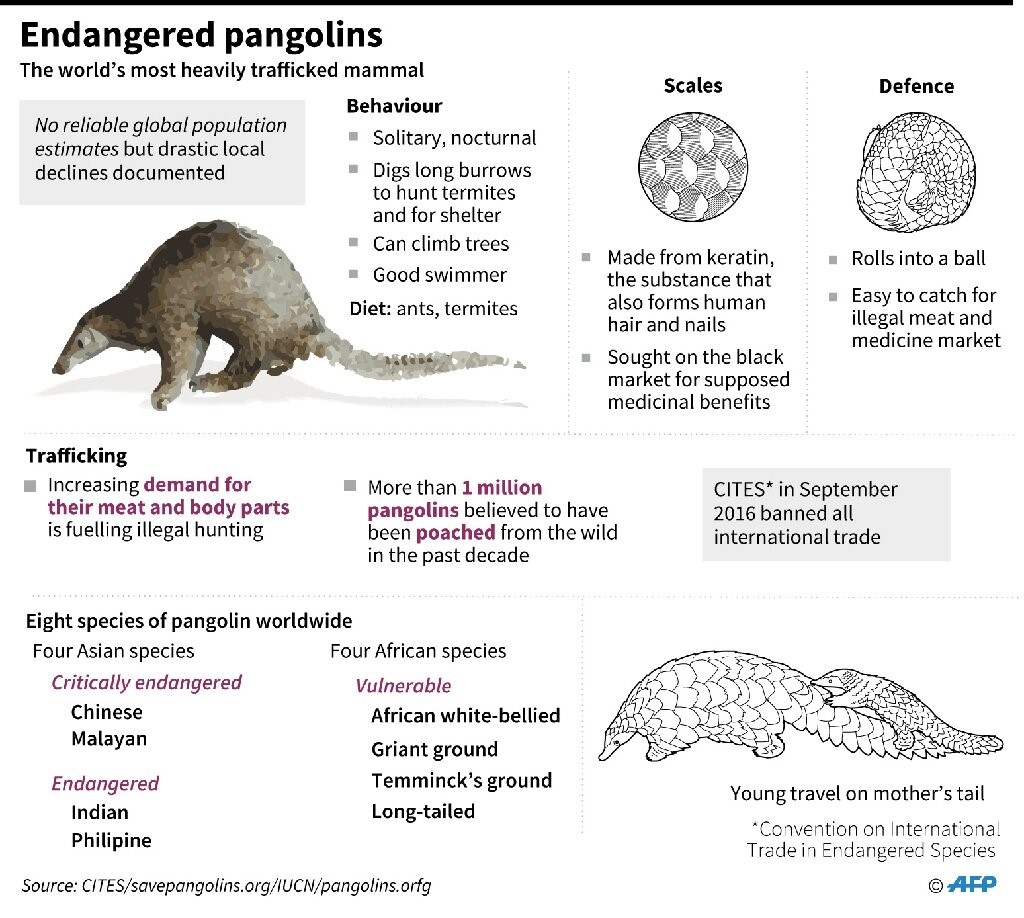Free Courses Sale ends Soon, Get It Now


Free Courses Sale ends Soon, Get It Now



Copyright infringement not intended
Context: On the eve of World Pangolin Day observed on February 18, a not-for-profit organisation working on the international trade of animals and plants, has brought out a fact sheet reporting that 1,203 pangolins have been found in illegal wildlife trade in India from 2018 to 2022.
Details:
About Pangolins:
Pangolins in India:
Habitat:
Indian Pangolin
Chinese Pangolin
Threats to Pangolins in India:
Protection Status:
IUCN Red List

TRAFFIC:

https://epaper.thehindu.com/ccidist-ws/th/th_delhi/issues/25541/OPS/GLHAT18P8.1+GABAT1C39.1.html
© 2024 iasgyan. All right reserved